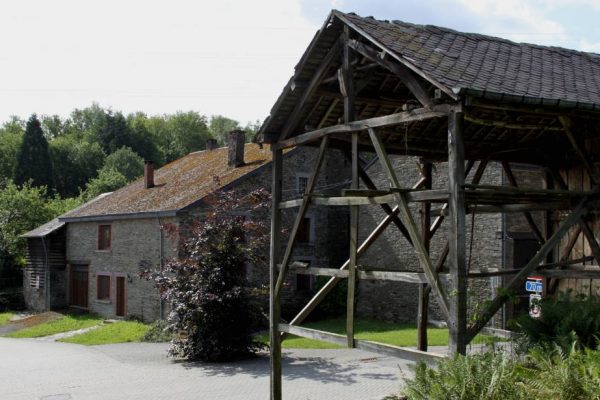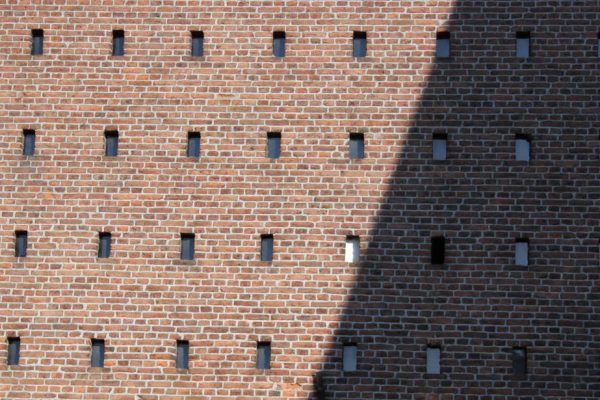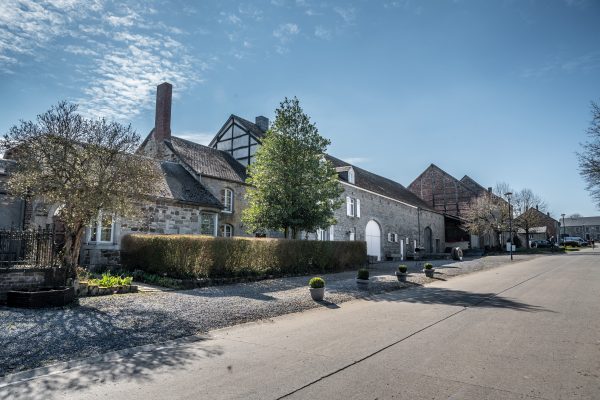
Characteristic of a region, a village, discover the traditional village settlements and the elements of rural heritage which comprise them.

A brewery that used to be supplied with water by the Brou, a small, partly arched stream that flowed nearby.

Reminiscent of the old tobacco activity, they enliven the picturesque village of Laforêt with their centuries-old frames.

A string of traditional volumes all dressed in pink - Listed monument.

A symbol of the region's intense wool industry in the 19th century, it has brick facades pierced by numerous slits and marks the landscape with its singular silhouette.

A family farm in the heart of the village.

Textures, materials and traditional volumetry characterise this old Ardennes farmhouse.

A peaceful, prime location along the Hermeton River for this harmonious ensemble whose origins date back to the 15th century - Listed monument.

Homogeneous volumes from the second half of the 19th century, typical of the regional habitat.

Protected by its imposing roof and tucked away at the bottom of the valley, the Vaulx mill took advantage of the convergence of the natural elements.
The association Les Plus Beaux Villages de Wallonie (The Most Beautiful Villages of Wallonia) oversees a network of 32 villages, bearers of a strong territorial identity and reflecting traditional architecture. It is committed to promoting the rural, cultural and natural heritage of Wallonia and is a part of the development of local and responsible tourism.
More information